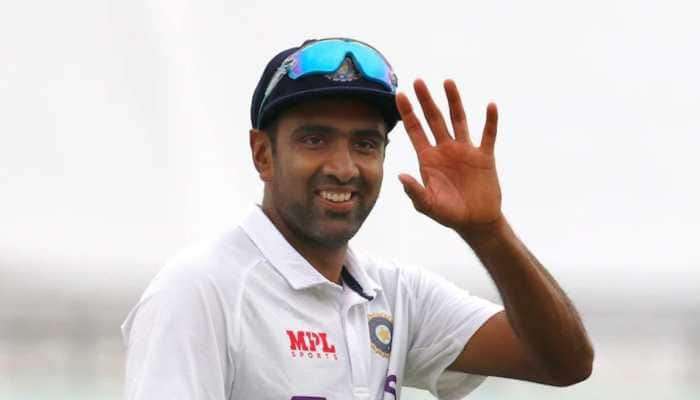Celestial delight: Partial lunar eclipse to be visible today
Astro enthusiasts are in for a delight as the first of the three lunar eclipses of the year will occur on Thursday, giving sky gazers all over the country an opportunity to witness the celestial event. It is a sheer cosmic coincidence that it will occur during the April full moon, which is also known as the "Pink" Full Moon.
Trending Photos
)
Zee Media Bureau
New Delhi: Astro enthusiasts are in for a delight as the first of the three lunar eclipses of the year will occur on Thursday, giving sky gazers all over the country an opportunity to witness the celestial event. It is a sheer cosmic coincidence that it will occur during the April full moon, which is also known as the "Pink" Full Moon.
A tiny sliver of the moon will be covered by the Earth`s umbral shadow at maximum of the partial lunar eclipse, N Sri Raghunandan Kumar of Planetary Society of India told a news agency.
This is the third shortest partial eclipse of the Moon in the 21st century, lasting just 27 minutes.
What causes a partial eclipse?
A partial lunar eclipse occurs when only a portion of the moon passes directly behind the Earth into its umbra (shadow). This can occur when the Earth moves between the sun and moon but the three celestial bodies do not form a perfectly straight line.
At what time can one watch the eclipse?
The lunar eclipse in various phases will begin at 11:32 PM on Thursday night and end at 03:43 AM on April 26.
The noticeable Umbra phase will begin at 1:22 AM and end at 1:53 AM. Middle of eclipse, or when it is maximum, will occur at 1:37 AM, Kumar said.
Who all can see tonight’s eclipse?
The eclipse will be visible in the region covering Australia, Asia (except northeast part), Africa, Europe and Antarctica, Kumar said.
How to observe the eclipse?
N Sri Raghunandan Kumar of Planetary Society of India said, “Unlike an eclipse of the sun, star gazers do not need protective eye equipment to observe a lunar eclipse”. Also, one can use binoculars for an extended vision of the celestial event.
According to NASA, the shortest partial lunar eclipse of the 21st century will be on February 13, 2082, lasting only 25.5 minutes.
NASA data also indicates that on September 28, 2034, the second shortest partial eclipse will last for 26.7 minutes. The April 25-26, 2013, partial lunar eclipse will last for 27 minutes, making it the third shortest lunar eclipse of this century.
This year, a total of five eclipses, three lunar and two annular will occur.
(With PTI inputs)
Stay informed on all the latest news, real-time breaking news updates, and follow all the important headlines in india news and world News on Zee News.
Advertisement
Live Tv
Advertisement







)
)
)
)
)
)
)
)
)
)
